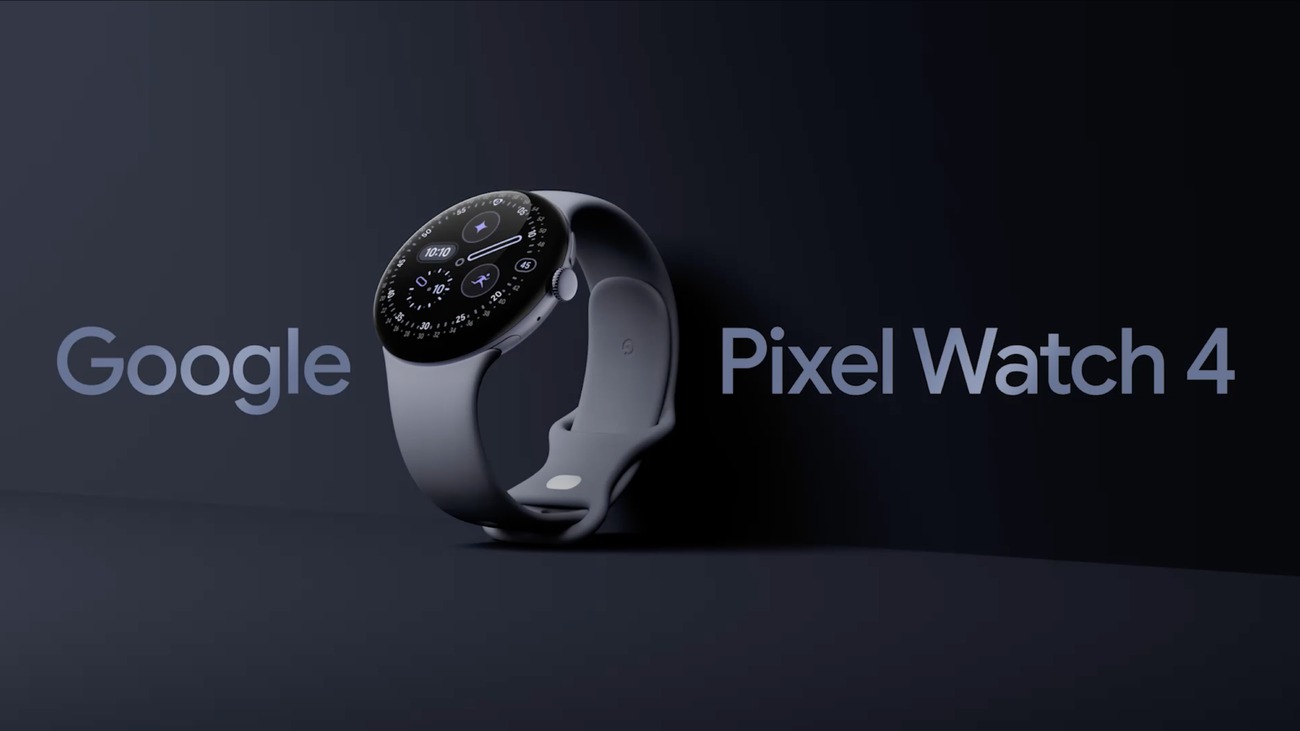This smartwatch earned a 9 out of 10 on iFixit’s repairability scale—making it the most repairable mainstream wearable ever tested. While Apple Watch Ultra and Samsung Galaxy Watch models languish at 3-4/10 scores, Google’s latest wearable represents a complete design philosophy shift. Your smartwatch no longer needs to become expensive e-waste when the battery inevitably dies or the screen cracks.
Screws Replace Glue in Engineering Revolution
Standard Torx Plus screws and replaceable O-ring gaskets eliminate the adhesive nightmare that plagues every other smartwatch.
The Pixel Watch 4’s modular interior reads like a repair technician’s dream. Every component—from the Qualcomm Snapdragon W5+ Gen 2 processor to the vibration motor—can be accessed with basic tools in minutes. The battery connects through a simple connector rather than permanent adhesive strips.
Most surprisingly, this repairable design maintains full IP68 water and dust resistance, proving that durability doesn’t require disposability. The interior components use pogo pin connectors and thoughtful stacking that further simplifies servicing.
Official Parts and Protected Warranties Change Everything
Google partners with iFixit to supply replacement components and repair manuals without voiding your one-year warranty.
Battery replacement and screen swaps no longer void your coverage—a stark contrast to competitors who treat any opening as warranty suicide. The company provides official repair documentation and sells genuine parts through iFixit’s platform.
You can actually fix your own smartwatch without becoming a warranty criminal or hunting sketchy third-party components. This partnership extends beyond typical manufacturer support, offering complete repair guides for end users and professional repair shops.
Regulatory Pressure Forces Industry Reckoning
The EU’s Right to Repair directive and sustainability advocates pushed Google toward this engineering overhaul.
This isn’t just good design—it’s strategic compliance with mounting regulatory pressure. Google reportedly redesigned the entire Pixel Watch architecture in response to European Union demands for repairable electronics. The move positions them ahead of competitors still fighting these inevitable requirements.
Like watching Netflix finally embrace downloads after years of streaming-only stubbornness, the industry resistance to repair-friendly design is crumbling. Teardown experts describe Google’s approach as a “complete rethink” and “masterclass in smartwatch design.”
Real-World Trade-offs Remain
Display replacement requires an uncommon 1IP Torx Plus driver, and repair costs still represent significant device value percentages.
Perfect repairability doesn’t exist yet. Screen replacements demand specialized tools most people don’t own, and out-of-warranty repair costs can approach significant fractions of the device’s original price. However, the psychological shift matters more than perfect economics—your smartwatch becomes maintainable property rather than predetermined trash.
Google’s engineering gamble suggests other manufacturers will follow, potentially reshaping how you think about wearable longevity and upgrade cycles. The long-term value proposition improves dramatically when replacement costs decrease and device lifespan extends.





























